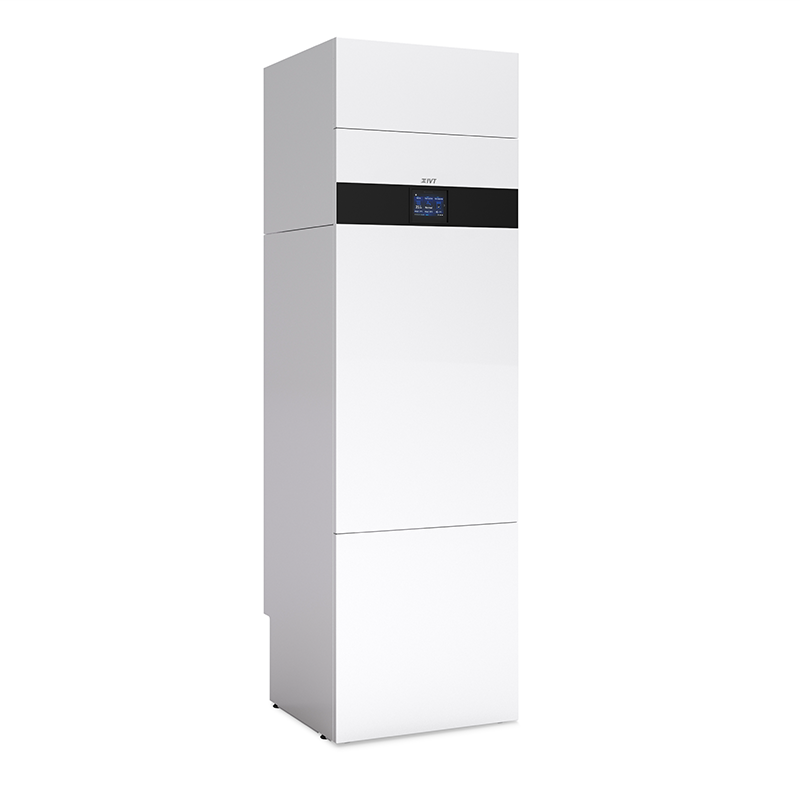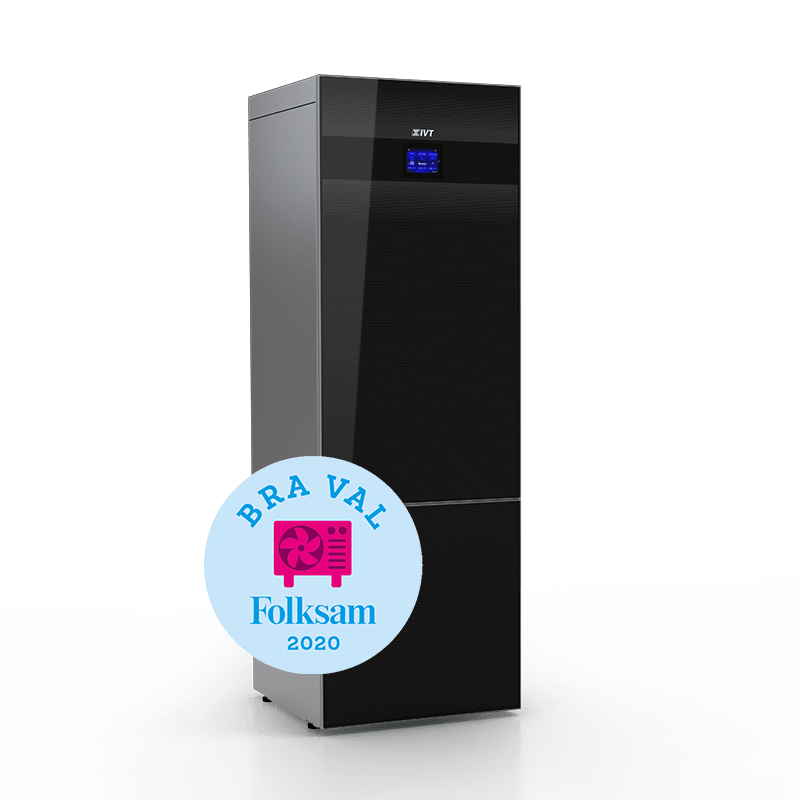Harnessing the Earth's organic power to heat our properties might sound just like a concept from a science fiction story, but it's a very real and increasingly common solution. Geothermal temperature pumps (GHPs) offer an revolutionary way to efficiently heat and great houses by tapping in to the stable temperatures found just below the Earth's surface. This article will discover the benefits and concerns of geothermal heat pump (värmepump) providing important ideas for homeowners interested in a sustainable and effective heating solution.
What Are Geothermal Heat Pumps?
Geothermal heat pumps are products that make use of the Earth's regular underground heat to regulate indoor climate. Unlike standard heating systems that rely on external air temperatures, GHPs take advantage of the Earth's secure underground heat, an average of between 45°F and 75°F. This method consists of a heat pump , an air supply program (ductwork), and a surface heat exchanger. By circulating water or an antifreeze answer through a series of buried pipes, the pump moves temperature to or from the ground, with regards to the season.

The Environmental Edge
One of the very engaging causes to think about geothermal heat pushes is their environmental impact. Unlike fossil fuel-based heating programs, GHPs use green energy from the World, significantly lowering greenhouse gasoline emissions. They need less energy to operate, producing a smaller carbon footprint. For eco-conscious homeowners, this means contributing to a healthier planet while experiencing an appropriate residing environment.
Cost Efficiency Over Time
While the initial investment for geothermal heat sends can be higher than traditional systems, their cost effectiveness as time passes is notable. GHPs are extremely efficient, providing three to five models of temperature for every single system of electricity used. That translates to lessen power expenses, frequently reducing heating and cooling prices by around 50%. Additionally, many regions provide incentives and tax loans for adding renewable power techniques, supporting counteract the initial installation expenses.
Longevity and Maintenance
Homeowners will recognize the durability and low maintenance needs of geothermal temperature pumps. The subterranean components can last 50 decades or maybe more, while the indoor components typically have a lifespan of 25 decades or longer. With less moving components in comparison to conventional techniques, GHPs involve less preservation, reducing the chance of unexpected fixes and associated costs.

Space-Saving Design
An important good thing about geothermal temperature sends is their space-saving design. Since a lot of the system is mounted subterranean, GHPs occupy less room within the house in comparison to conventional HVAC systems. This can be a substantial advantage for homeowners with limited space or those looking to keep a minimal aesthetic.
Site Suitability Considerations
Before jumping into geothermal heat, it's crucial to judge your home for suitability. Facets like land type, land area, and regional climate can impact the performance of a GHP system. It's essential to conduct a website assessment with a competent skilled to find out the feasibility and style the most successful process for the needs.
